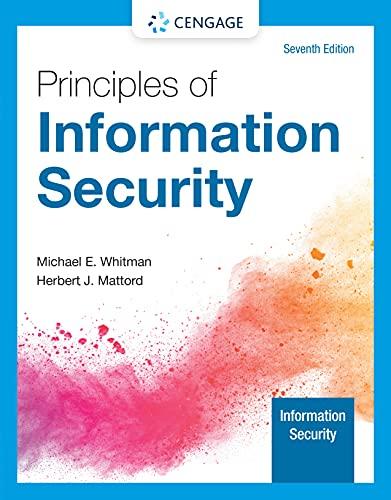Question
Of the most common errors in the change management process that are covered this week (found on page 3 of the lecture), which do you
Of the most common errors in the change management process that are covered this week (found on page 3 of the lecture), which do you feel is the most pressing issue? From your personal work/career experience thus far, have you witnessed one of these errors? What was the impact and how could it have been avoided? Support your statements with research. If you post on this topic.
PAGE 3 BELOW
What makes a change so difficult? Change usually requires some realignment of resources, power, and decision-making. This often generates resistance. Resistance is normal and natural; it occurs frequently. Unless the organization addresses resistance, change is unlikely to occur. Thus, it is critical for an organization to assess its ability and readiness to change. According to Prosci (n.d.), if the people aspect of change management is ignored, in terms of resistance, the costs and risks can be significant for an organization; it can create project delays, unmet outcome goals, and inflate budgets.
"There is a general tendency globally towards continued reorganisation of health systems around administration, funding models, and priorities as a means to address the challenges" (Javanparast et al., 2018, p. e77).
Given so many ongoing adjustments, employees will resist change unless they understand the need for it and can clearly see the benefits. Organizations may need to make investments to prepare for change, such as developing new skills, educating stakeholders of the need for change, providing opportunities for them to develop new skills, and giving them experience in the change process (Wayland & McDonald, 2020).
In his seminal article, Leading Change: Why Transformation Efforts Fail, Harvard professor John Kotter (2007) discussed eight common errors in the change management process. These errors are summarized here:
- Lack of UrgencyThe "business as usual" approach is not acceptable. A sense of urgency can be created by identifying and discussing actual or potential crises and major opportunities.
- Weak Guiding CoalitionCritical mass must be achieved early. The organization must assemble a group with the power to effect change. These individuals in the organization must share the vision and work together as a team.
- Lack of VisionThe future state vision must be compelling and easy to explain.
- Lack of CommunicationThe vision must be explained often and via numerous vehicles. The vision must be part of routine discussions.
- Failure to Remove ObstaclesBehaviors, systems, and structures that impede the change must be modified.
- Failure to Create Short-Term WinsChange is incremental and takes time. Milestones must be specified, and success must be recognized and rewarded.
- Declaring Victory Too SoonAs short-term wins are achieved, momentum can be accelerated by tackling bigger problems.
- Failure to Anchor Change in CultureNew norms and behaviors are needed. It is important that organizations articulate the connection between success and those behaviors/changes.
Often, tremendous effort is expended in developing the strategic plan; yet, excitement and energy dissipate when the time comes to implement the plan. The loss of momentum, coupled with the inability to enact change, are major reasons for failure. "Organizational changes can be considered successful only if they lead to an increase in the value of the company... both cost and profitability are understood as competitive advantages and considered as the most important control objects" (Drobyazko et al., 2019, p. 92). Understanding these concepts and challenges, as well as knowing how to address problems proactively, is a valued skill.
Step by Step Solution
There are 3 Steps involved in it
Step: 1

Get Instant Access to Expert-Tailored Solutions
See step-by-step solutions with expert insights and AI powered tools for academic success
Step: 2

Step: 3

Ace Your Homework with AI
Get the answers you need in no time with our AI-driven, step-by-step assistance
Get Started


